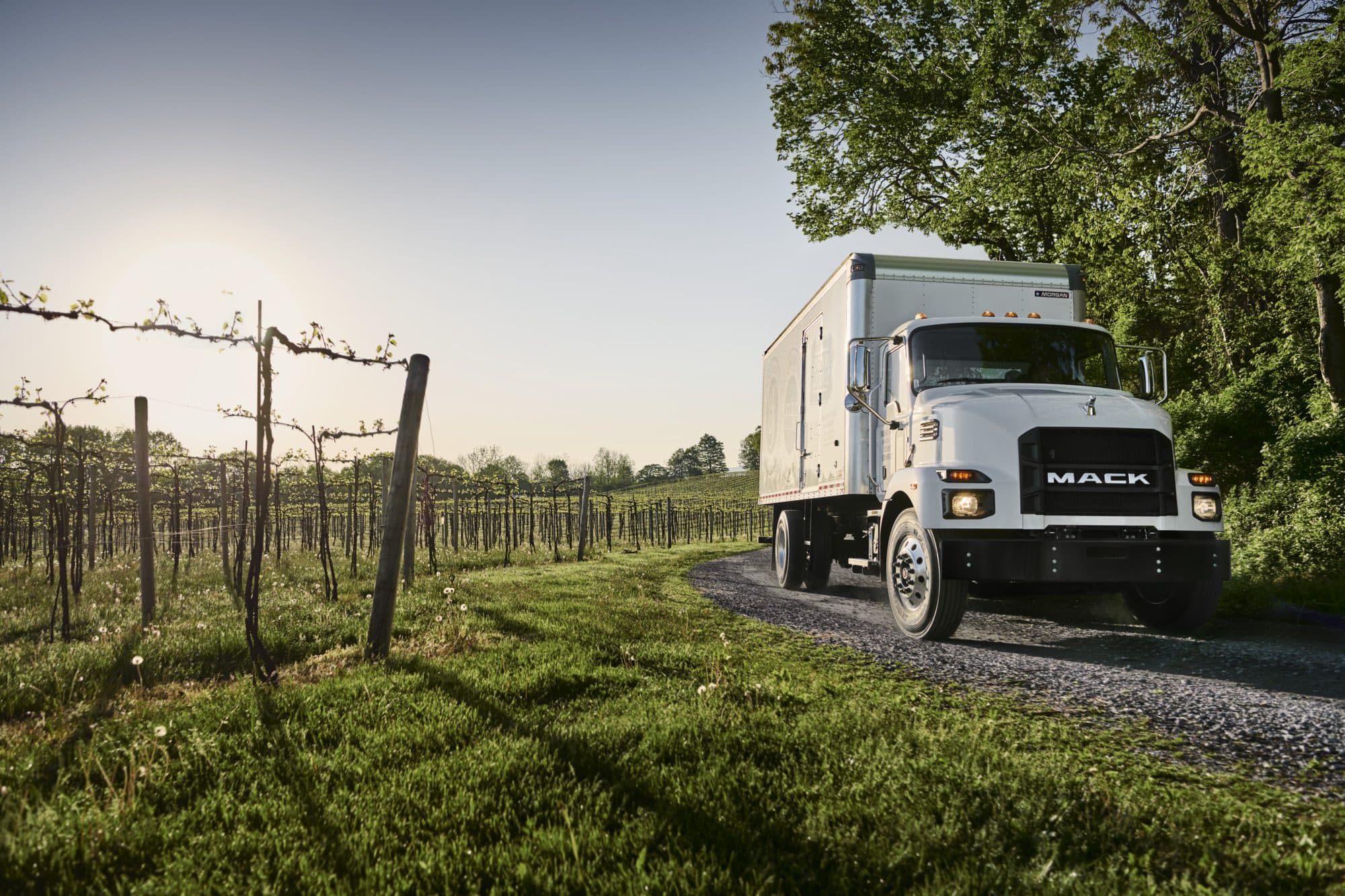
Blog
Your Top Medium-Duty Questions Answered
Medium-duty trucks are the backbone of industries like delivery, construction, and towing—keeping businesses moving every day. Whether you’re managing a fleet or running your own rig, knowing the ins and outs of your truck can make all the difference in saving time, cutting costs, and avoiding headaches. So, let’s tackle the most common questions MD…










